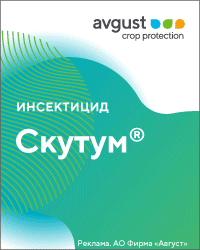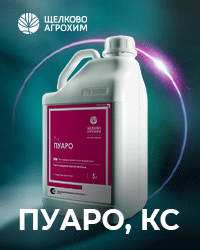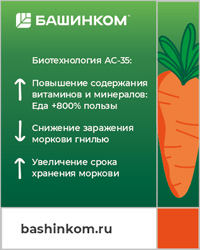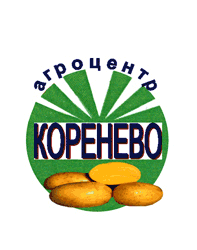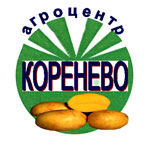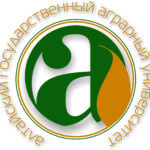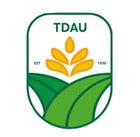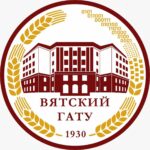UDC 635.54:632.25
https://doi.org/10.25630/PAV.2023.60.30.004
Alekseeva K.L., Sokolova L.M., Kornev A.V., Smirnova I.V., Vyutnova O.M., Novikova I.A.
The purpose of the work is to clarify the species composition of the pathogens of chicory root rot, assess their harmfulness and develop protective measures. Field research was carried out on the basis of the ROSC-branch of the FSBSI FSVC (Yaroslavl region, Rostov district) laboratory experiments – in the ARRIVG-branch of the FSBSI FSVC (Moscow region, Ramensky district). The prevalence of chicory root rot was assessed using standard methods of phytopathological studies. Analysis of the affected root crops showed that the main causative agents of chicory root rot were Rhizoctonia solani, species of Fusarium, Pectobacterium carotovorum. Root rot was spread unevenly in the experimental field, single affected plants were found in some areas, in small foci the infestation of root crops reached 100%. In recent years, new types of soluble fertilizers with trace elements in chelated form have attracted increasing attention of researchers. Such fertilizers include Aquarin, Rastvorin, Aquamix. It was noted that root fertilizing had a positive effect on the growth and development of chicory, increased resistance to root rot. In the conditions of 2020–2022, two variants of the experiment with the use of Rastvorin and Aquamix did not have rotten root crops at all, whereas a high percentage of root rot damage was observed in the entire experimental field (100% in some plots). As a result of observations, it was found that treatment with Rastvorin and Aquamix increases the resistance of plants and prevents the development of fungal diseases. In all variants of the experiment, high marketability of root crops was observed. The best option was using Aquarin at a concentration of 0.6%, the marketability of which was 97.5%. In 2022, the yield of root crops in all variants exceeded the control indicators: with the use of Aquarin by 10.5%, on the variant with Aquamix treatment by 14.7%, with Rastvorin – by 44.7%.
Key words: chicory, root rot, harmfulness.
Alexeeva K.L., D.Sci. (Agr.), chief research fellow, ARRIVG – branch of FSBSI FSCV
Sokolovava L.M., D.Sci. (Agr.), leading research fellow, ARRIVG – branch of FSBSI FSCV
Kornev A.V., Cand. Sci. (Agr.), senior research fellow, ARRIVG – branch of FSBSI FSVC
Smirnova I.V., head of the RVES-branch of FSBSI FSVC
Vyutnova O.M., Cand. Sci. (Agr.), senior research fellow, RVES-branch of FSBSI FSVC
Novikova I.A., research fellow, RVES-branch of FSBSI FSVC
- Churikova S.Yu., Manzhesov V.I., Babenkova M.S. Chicory root as a raw material for the production of preventive food. Innovations in agriculture: problems and prospects. 2017. No1. Pp. 105–112. (In Russ.).
- Vyutnova O.M., Polyanina T.Yu. Genetic sources of resistance to root rot of chicory root of different ecological and geographical origin. Vegetables of Russia. 2018. No6(44). Pp. 94–96. (In Russ.).
- Belik V.F. Methods of experimental business in vegetable growing and melon growing. Moscow. Agropromizdat. 1992. 318 p. (In Russ.).
- Smirnova I.V., Vyutnova O.M., Maksimova K.S. Agrochemical techniques for increasing the resistance of chicory root crops to root rot. Izvestiya FSVC. 2022. No3-4. Pp. 82–91. (In Russ.).
- Genetic sources of root chicory for breeding for resistance to root rot. T.Y. Polyanina, I.V. Smirnova, O.M. Vyunova, E.A. Evseeva, N.A. Ratnikova, I.A. Novikova. Vegetables of Russia. 2021. No3. Pp. 84–88. (In Russ.).
For citing: Root rot of chicory root and measures to reduce their harmfulness. K.L. Alekseeva, A.V. Kornev, L.M. Sokolova, I.V. Smirnova, O.M. Vyutnova, I.A. Novikova. Potato and vegetables. 2023. No9. Pp. 14-17. https://doi.org/10.25630/PAV.2023.60.30.004 (In Russ.).

